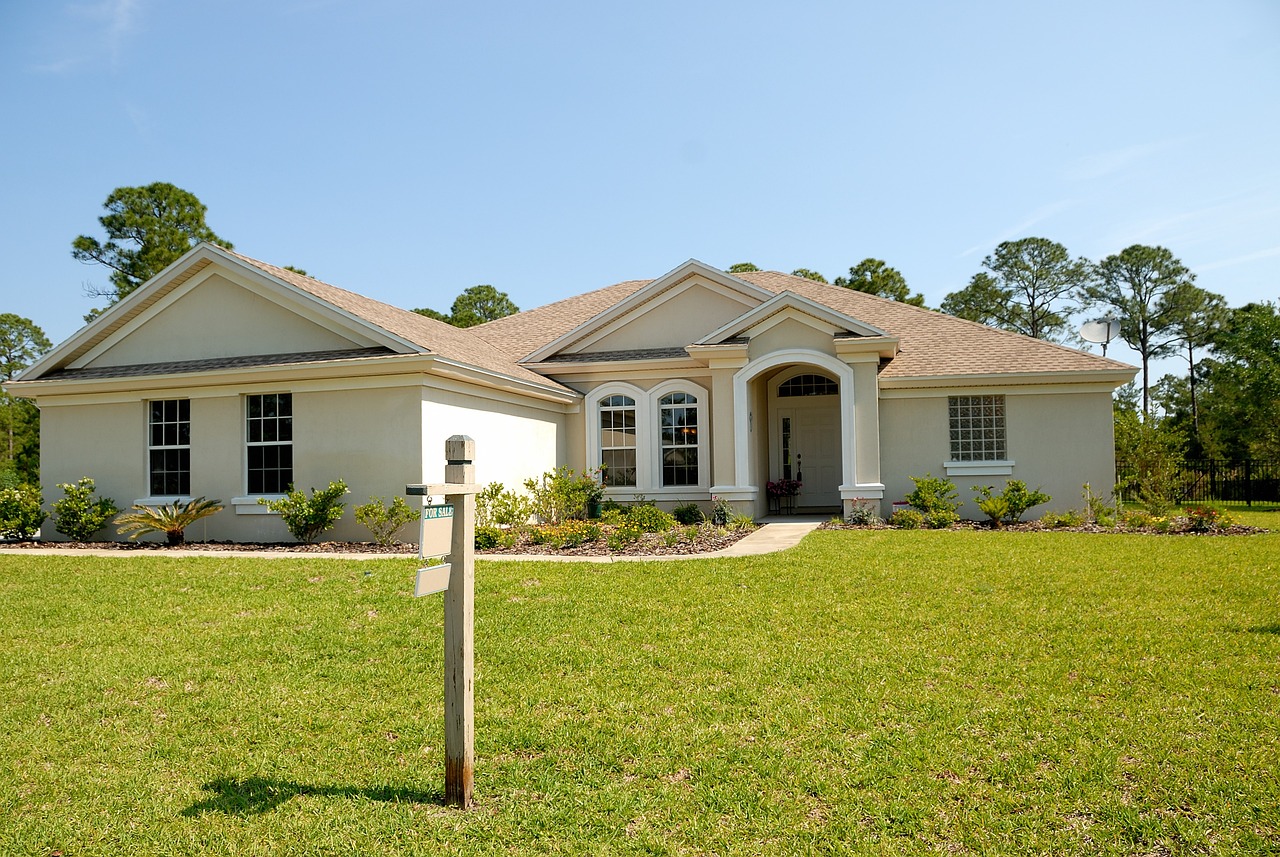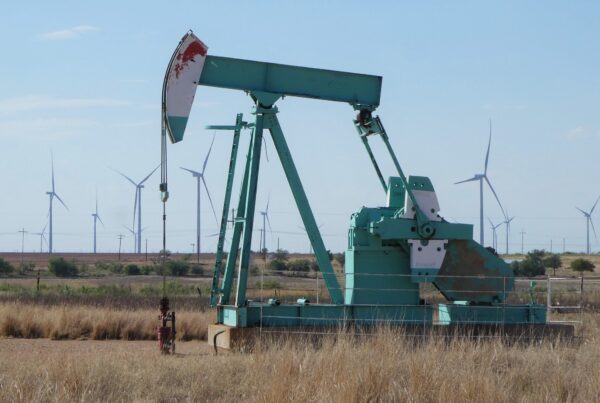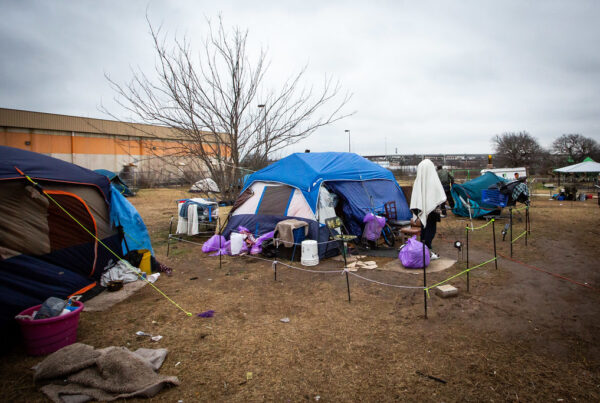At the onset of the coronavirus pandemic, many aspects of daily life were paused to give people a break as they transitioned to a pandemic. World student loan payments were stopped, eviction moratoriums issued, people’s home mortgage payments temporarily suspended in some cases.
Well, now nearly all of those COVID-era protections are gone and Texans are feeling the effects. Last year, the Lone Star State recorded more than 28,000 foreclosure filings.
The Dallas Morning News real estate editor Steve Brown joined Texas Standard to explain. Listen to the interview above or read the transcript below.
This transcript has been edited lightly for clarity:
Texas Standard: Your reporting shows that the Dallas-Fort Worth area is seeing something like a 19% increase in home foreclosures?
Steve Brown: In the filings. Now, not all of those are actually foreclosed on. Sometimes the homeowner can work out an agreement with the lender, but you gotta watch percentages. The thing about percentages is, if I got a dollar and then I get another dollar, that’s a 100% increase, but I still only got $2.
What does this mean, though, in terms of the context of houses? Are we talking about a major increase in the number of housing foreclosures or not so much?
On a percentage basis. But real? No. We’re still way below where we were before the pandemic, and we’re way below.
For instance, back during the housing crash in the early aughts, before the Great Recession, we had like 38,000 foreclosure filings in Dallas-Fort Worth in one year. So we got 6,300. Last year is still just negligible. But it looks like a big increase because you’re coming from almost no foreclosures during the pandemic when the moratorium was in place. And now they’re creeping back up.
Now, I got to say, Dallas-Fort Worth isn’t the leader there. The foreclosure filings in Houston last year were up more than 50%. In Austin, they were up almost 38%. They were up a little bit in San Atonio – about 11%, not much. But again, in all those cases, the foreclosures aren’t as high as they were before the pandemic.
So yes, they’re coming up, but they’re coming up from such a low level that that’s why those percentage numbers look more alarming than they really are.
So does it give you pause? I know you’ve been covering real estate for several decades now. Have you seen anything like this before? Does this track with your expectations?
No, the reason I’m not really concerned about it is that people have so much equity in their houses. I mean, for instance, in North Texas, home prices have more than doubled in the last ten years. So if you’ve owned the house for three, four, or five years, it’s worth so much more than you owe on it.
So if you do get a foreclosure filing for whatever reasons – and it’s usually because somebody lost a job or illness or divorce – you can just sell the house. You don’t have to let the bank take it. You sell the house, and you give the bank their money, and you take whatever money’s left and you go your way. So long as people have so much equity in their houses.
That wasn’t the case during the early 2000s with the housing crash. That wasn’t the case in the late 80s with the huge housing crash. People were upside down in their mortgages. They owed more than the property was worth.
Now it’s the other way around. Now, people, their property is usually worth more than they owe. So if they fall behind on their payments and they have to leave, they sell the house. They don’t just let the lender take it in most cases.
I noticed in your reporting you talked to an analyst who called this current wave of foreclosures a “market correction.” Is that what you’re referring to? Do you see this as a market correction?
That’s what this is. Correcting from where we’ve been during the pandemic, where almost no foreclosures were taking place. Getting back sort of closer to where things were.
Well, let me ask you what this means for the many folks in Texas who are looking to buy a home, a lot of them for the first time. We’ve been hearing a lot in the news about, of course, interest rates being high as they are. And as you were mentioning earlier, we’ve seen Texas home valuations really go through the roof.
What do you tell people? Is this a good time to buy a home in Texas?
That’s a real dicey thing. Inventories are very low still. And the reason is that with mortgage rates having gone up in the last couple of years, there are all these people out there that have like a 3% loan on their house, and they’re not giving that up. Even if they would like to move and go to a nicer, bigger house, they’re thinking, “now wait a minute. If I give up my 3% loan, I’m having a 7% loan.” So inventory is really, really depressed.
The other thing is that particularly at the affordable price ranges in North Texas – that would be, say, less than 300,000 – the investor demand for houses is so strong. Investors bought almost 11% of the houses in North Texas last year. So if a house comes on the market, that is an affordable price…
It’s getting scooped up.
Yeah. The investors, you know, they’re paying cash. They’re not having to go qualify for a loan. They’re not worried about what mortgage rates are. They just write a check. So it’s still a real, real challenging time for home buyers.
You know, I gotta say again: I’ve been doing this forever. I’ve never seen the housing market this tight, and I don’t know how you fix it. Because we’re behind in homebuilding for, you know, millions of houses. And it’s just going to be real, real hard to catch up. I think this is going to be with us for a while.












